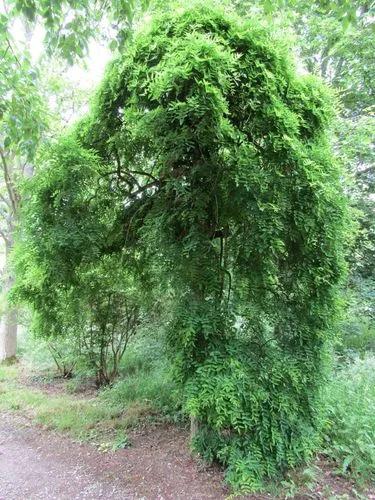Indian Almond is an exotic beauty with vibrant foliage, attractive fruit, and cultural significance. There are some secrets to nurturing this tropical tree, though.
Indian Almond Care
Terminalia Catappa



The Indian Almond, in Latin Terminalia catappa, is a lush evergreen tree belonging to the White Mangrove family. The native habitat is the Indian subcontinent and Southeast Asia, where, with warm and humid climates, the tree can reach 50-60 feet (15-18 meters) or even more. Its elongated, elliptical leaves that form a dense and vibrant canopy, typically around 6-12 inches (15-30 cm) long and 2-4 inches (5-10 cm) wide, would be a cool garden piece.
As you can deduce from its common name, it has distinct, woody fruits with an almond shape, measuring approximately 1-2 inches (2.5-5 cm). Those hard-shelled, edible almond kernels with green to reddish-brown husk, splitting open when fully ripe, are known for their nutritional value and potential health benefits.
How to Care for the Plant

Container

Container growing will suffice for the younger stages of its development. A pot with a depth and width of at least 24 inches (60 cm) could accommodate the roots nicely, but later, the tree most likely should be replanted in soil.

Fun fact

The tree is part of cultural significance in some cultures, for instance, in India, it's associated with various festivals, and its leaves are used in traditional ceremonies and alternative medicine such as Ayurveda.

Popularity

2,587 people already have this plant 350 people have added this plant to their wishlists
Discover more plants with the list below
Popular articles






